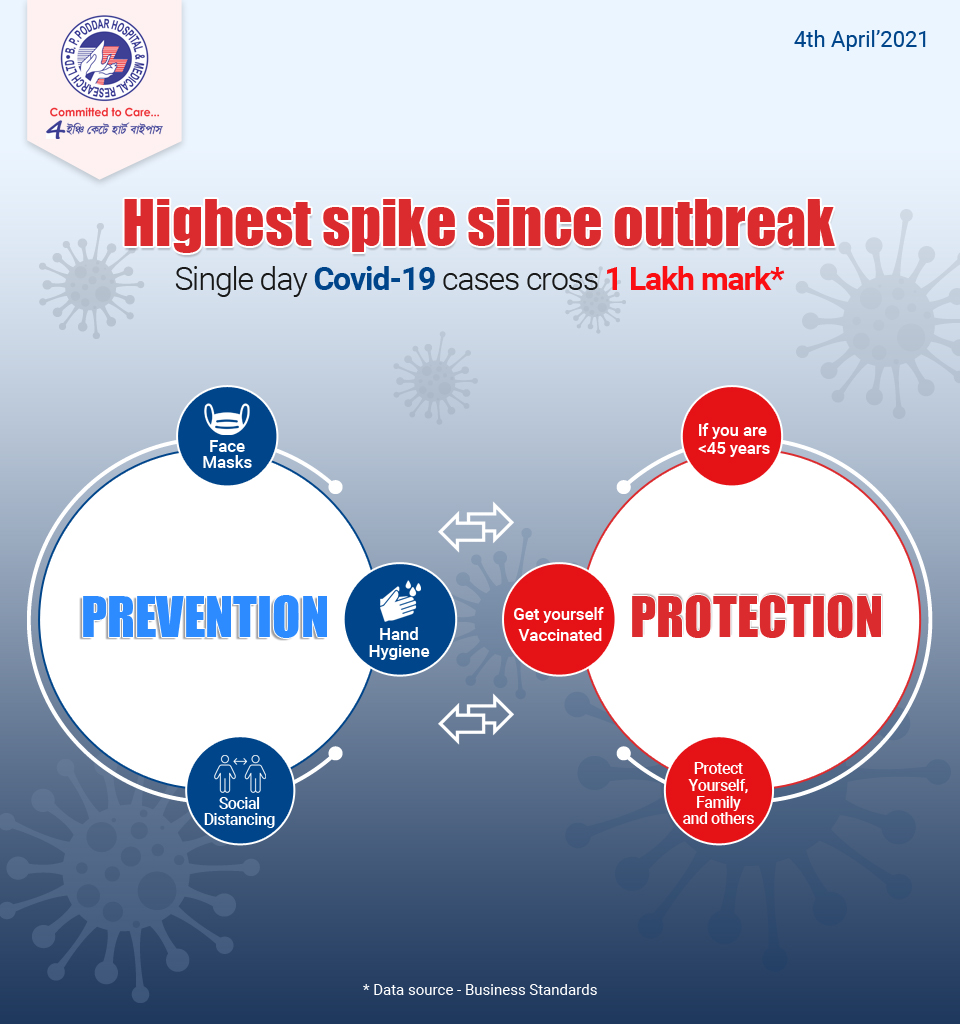
What is Cholesterol?
Cholesterol is a structural component of cell membranes and serves as a building block for the synthesis of various steroid hormones, vitamin D, and bile acids. Besides their structural role where it provides stability and fluidity, cholesterol also plays a crucial role in regulating cell function. Cholesterol does not mix with water. Therefore cholesterol (lipid) is packaged together with apoproteins (protein) in order to be carried through the blood circulation as a Lipoprotein.
So one thing is clear- Lipoproteins play the role as a carrier and transporter of lipids across the body. Triglycerides and Cholesterol are different types of lipids that circulate in your blood: Triglycerides store unused calories and provide your body with energy. Cholesterol is used to build cells and certain hormones as discussed previously.
Sources of Triglycerides: Triglycerides are fats from the food we eat that are carried in the blood. Most of the fats we eat, including butter, margarines, and oils, are in triglyceride form. Excess calories, alcohol or sugar in the body turn into triglycerides and are stored in fat cells throughout the body.
Sources of Cholesterol: Eggs, cheese, shellfish, organ meats, sardines and full-fat yogurt are cholesterol-rich.
Since both Triglycerides and Cholesterol cannot be transported, they need a carrier and that carrier is Lipoprotein. Let us know more about lipoproteins
Types of Lipoproteins
It is very important to know the types of Lipoproteins to know more about Cholesterol and Triglycerides.
So what is the main concept of Good Cholesterol and Bad Cholesterol?
Contrary to popular belief where Cholesterol rich food is considered very bad for health, it is not actually how things work in our body. The amount of cholesterol in your diet and the amount of cholesterol in your blood are very different things. Although it may seem that eating cholesterol would raise blood cholesterol levels, it usually doesn’t work that way. The body tightly regulates the amount of cholesterol in the blood by controlling its production of cholesterol.
When your dietary intake of cholesterol goes down, your body makes more. When you eat greater amounts of cholesterol, your body makes less. Because of this, foods high in dietary cholesterol have very little impact on blood cholesterol levels in most people.
So How HDL and LDL is regulated?
As we read in the article that Cholesterol needs a carrier to be transported and HDL and LDL are the two main carriers. There is as such no food that contains high LDL or HDL.
There are factors that regulate the levels of HDL and LDL.
Factors that raise LDL:
Factors that raise HDL:
What is the role of HDL and LDL on Heart health?
LDL is considered bad Cholesterol as it moves Cholesterol from the Liver towards the cells of the body. This is linked to formation of Atherosclerosis which is a cause of Coronary Artery Disease
HDL is the opposite as it removes the excess cholesterol from the body towards the Liver and excretes the excess Cholesterol through bile.
What is the role of Triglycerides?
Triglycerides are excess fat component from our diet which the body transports from the Liver to the cells of the body. High Triglycerides level are also liked to Atherosclerosis. Factors that raise Triglycerides level in our body are: Excess Sugar, Alcohol, lack of exercise, eating more calories than we consume.
Triglycerides are different from Cholesterol. But the healthy heart mantra is:-
Low TG
Low LDL
High HDL